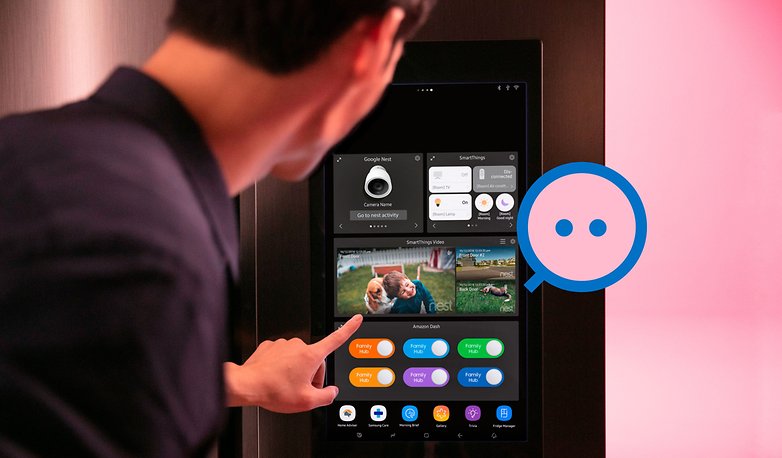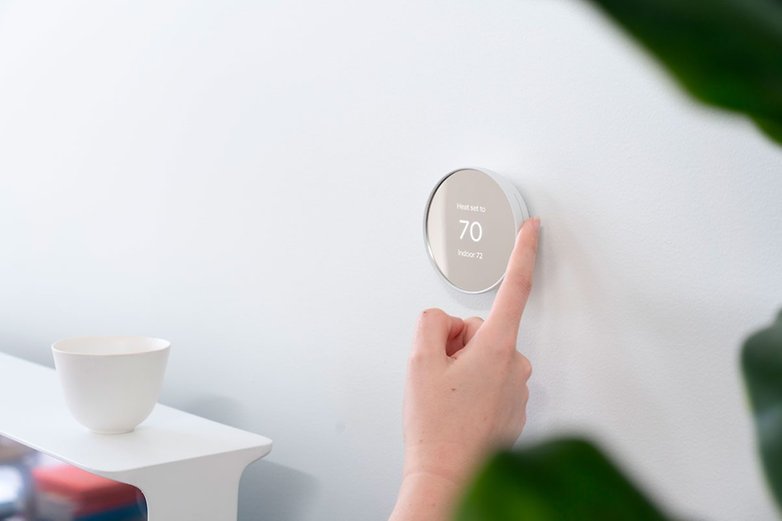
Energy is getting more expensive! Unfortunately, we at nextpit can’t do anything about that. But we can help you save energy with a smart thermostat in your smart home. We will tell you what these smart thermostats are all about and what you need to watch out for.
Heating is a very complex subject, regardless of the smart home aspect. So let’s start small and deal with smart thermostats first. Keep in mind that we have not yet been able to test any of the thermostats listed in the table. We have researched on the web and selected five very popular products in the category.
Smart thermostats in comparison
You may have noticed that we’ve been focusing more on smart home solutions in recent weeks and months. For example, we last explained what you need to look out for when purchasing smart video doorbells. So today we’re entering the world of smart heating. In this article, we’ll explain what you need to watch out for, what costs you’ll have to pay, and much more. Let’s go:
Jump to:
What is a smart thermostat and why do you need it?
As mentioned, we’re going to focus on smart thermostats for now, leaving radiator thermostats and underfloor heating systems completely out of the picture, as those are more widely used in Europe. Smart thermostats basically integrated with the current central HVAC system or furnace in your home. The installation is usually simple, but you may need to check your heating or HVAC system’s manual.
You can operate the thermostats via a smartphone app, depending on the model also via voice control. They are programmable, some systems also learn from your heating habits, and often the systems automatically detect whether you are in the house or not.

The big advantages of smart thermostats are the ease of use and also the possibility to save energy. The latter is especially true if your home uses a furnace for heating, which can be quite inefficient. Some smart systems can also learn how quickly your house temperature changes when the heating is on or off, optimizing when to run it.
Besides that, smartphone integrations enable you to create schedules via an app for when heating should be active and regulate the temperatures via the application or even on-demand.
Smart thermostat: What you need to look out for when buying one
Installation
The installation of a smart thermostat can usually be done by the consumer, by simply replacing the old, “dumb” thermostat with the smart one. The main exception is for older systems lacking the C wire (common wire), which is required by most smart thermostats to receive power (for the wireless connection, display, etc). If your HVAC installation lacks the C wire, you will need to hire an electrician or install another power source.
Which is the right system?
The question of the system is one that you urgently need to ask yourself before purchasing. Is the system you want expandable with other components? Does it fit together with the smart home system you already have? Is it compatible with Alexa, Siri, or Google Assistant? The Matter standard promises to put an end to incompatible implementations, but as of August 2023, only Nest released a Matter-compatible thermostat.

Functions and ease of use
Besides sustainability, the saved energy, and money saved, comfort is the main argument for smart thermostats. First, you no longer have to adjust the temperature manually. Instead, you can do this conveniently via the app. In general, though, you still have the option of adjusting the temperature manually on the thermostat. Also, note that you will have to buy additional thermostats if you have different climate-controlled zones in your house.
But smart thermostats offer much more than just app control. Many models can also be controlled with voice commands via Alexa, Google Assistant, or Siri. In addition, you can set up schedules via the app. You can set the heating to turn on or off at a certain time.

Thanks to the app, you can also control the heating remotely, so you can preheat it if you know you’ll be home in an hour. It’s even easier with the help of geofencing. In this case, the system detects that you are approaching your home and automatically turns on the heating. There is also smart heating technology where the system learns your habits. In this case, you don’t have to make plans, because after a while the system knows when you’re going to work, for example.
Cost
Cost is another consideration when shopping for a smart thermostat. Prices start from around 50 dollars and can go as big as your HVAC system allows. As usual, the more extensive the feature list is, the more expensive the thermostats get.
So if you want to equip your entire house, the costs add up accordingly. That’s why you should consider the previous points and be clear about which system and which features you want.
That concludes our crash course on smart thermostats. If you have any thoughts, ideas, or additions, feel free to leave us comments. As we said, we’re currently exploring the vast smart home realm, learning more every day ourselves, and will continue to expand on this in the future.
If you also want to read our previous smart home coverage—here they are:
Do you already use a smart heating system in your smart home? Or are you more old-fashioned and prefer to regulate the temperature manually? Let us know in the comments!
Article updated in August 2023 with refreshed specifications. Comments prior to the update were kept and may look out of context.






